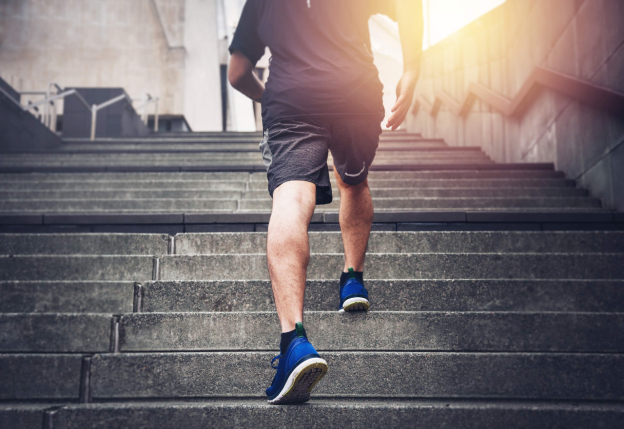home workout that does not need gym equipment and builds muscle! Straight body weight workouts but not just your normal body weight workouts. There are some tweeks in how to do them that will make a huge difference. Come out of quarantine with a ripped physique!
Roughly 1 hour workouts, 6 days a week.
Day 1 – Chest and Triceps w/ upper core
Day 2 – Back and Biceps w/ lower core
Day 3 – Legs w/ full core
Day 4 – Chest and Triceps w/ upper core
Day 5 – Back and Biceps w/ lower core
Day 6 – Legs w/ full core
Day 7 – Rest.
I call these “skill” body weight workouts. The reason these are different from your normal body weight workouts is what you do to make them do more damage to your muscles. For example, a push up. Hands about shoulder width apart, full up then down to almost touching the ground and back up. BUT, with “Skill” Push Ups, EACH set gets more challenging and each set adds a new dynamic to the workout:
Set 1, Push Up – Basic Push Up (warm up)
Set 2, Push Up – Slow motion. Do the same motion, but really slow. Go down, very slow and back up, very slow.
Set 3, Push Up – Slower motion. Now, go even slower than your last set.
Set 4, Push Up – Slow motion and Pause. Do a slow mo push up, but once you get to your down position, pause for a few seconds and hold it. Then, slowly return.
Set 5, Push Up – Slow motion, pause, until failure. Do set 4, but continually do it until you hit muscle failure.
Now, apply this “Skill Set” principle with all the workouts.
Set 1 – Basic movement, like a warm up set.
Set 2 – Slow Motion 1. Slow the movement down.
Set 3 – Slow Motion 2. Go even slower than the previous set.
Set 4 – Slow Mo and Pause. Same as Set 3, but in the half completed position, before return to starting position, pause for a few seconds.
Set 5 – Same as set 4, but do it until muscle failure.
Now, to raise the intensity of the workout, between each set, you will do a core super set, roughly 60 seconds of activity.
Day 1, 4: CHEST & TRICEPS with Upper Core
- Basic Push Up
- Crunches
- Wide Push Up
- Oblique Crunches
- Incline Push Up
- Sky Reaches
- Decline Push Up
- Crunches
- Diamond Push Up (or Single Handed Push Ups)
- Oblique Crunches
- Chair Dips
- Sky Reaches
- Body Ups.
Day 2, 5: BACK & BICEPS with Lower Core
- Pull Up
- Reverse Crunches
- Wide Grip Pull Up
- Flutter Kicks
- Between Chair Elbow Rows
- Leg Tuck and Twists
- Supermans
- Reverse Crunches
- Hammer Grip Pull Ups
- Flutter Kicks
- Chin Ups
Day 3, 6: LEG DAY with Total Core
- Deep Sumo Squats
- Full Sit Up
- Bulgarian Lunges
- Russian Twist
- Side Lunges
- Bicycles
- Single Leg Hip Thrusters
- Plank
- Pistol Squats
- V-Ups
- Single Leg Calf Raises
Following this routine will work every primary muscle group at least twice a week and give your core a constant workout. With the “skill” adjustments, these simple body weight workouts will do more stimulating muscle growth.
Keep in mind though, without a constant solid healthy diet, you may be able to build some muscle, but recovery may be slower, and you won’t see any viable results. By incorporating a healthy high protein fresh foods diet while maintaining a calorie deficit, you will get some serious results, strength, size, and toning!
So when the government says you can have your freedoms back, and tell you what you can and can’t do with your body by where you’re allowed to go, and allow you go exit your house and allow businesses (that haven’t gone out of business due to the forced closures) reopen, you will have a more strong toned body to show off, right before summer too.























